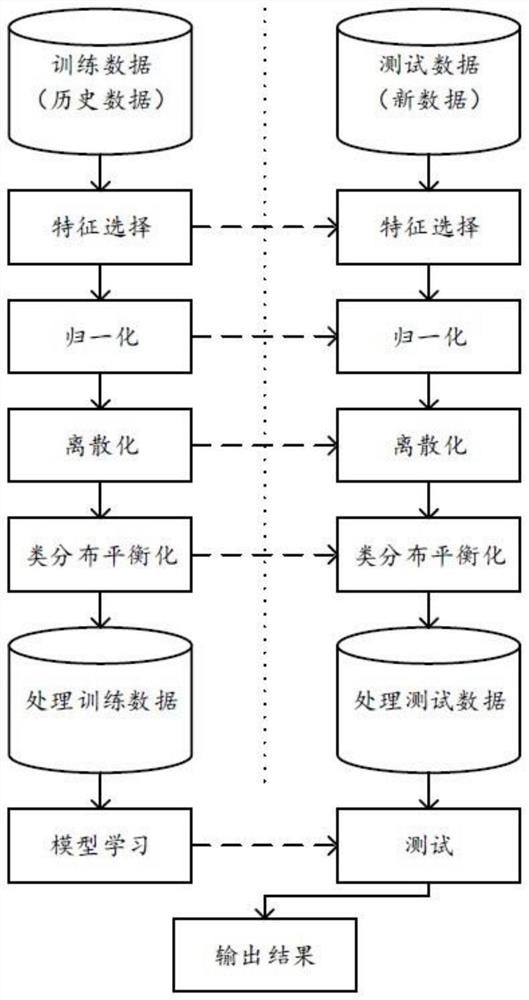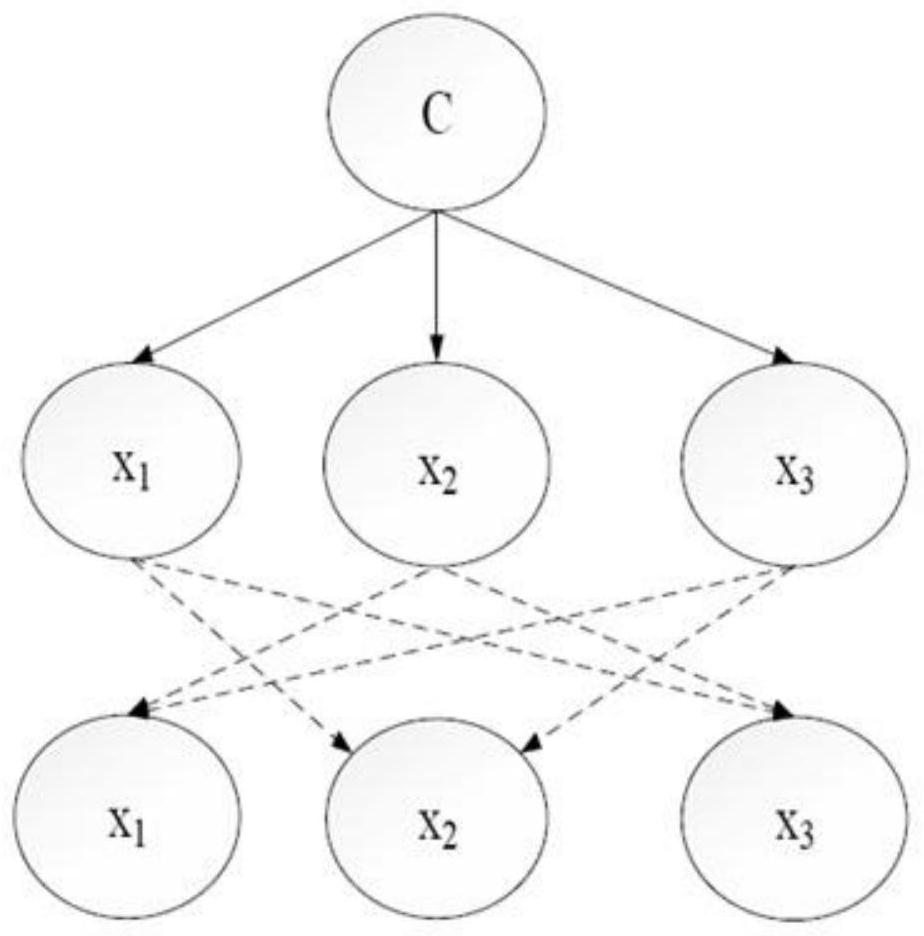Defect prediction method for numerical control system software module
A technology of software modules and numerical control systems, which is applied in software testing/debugging, computer components, electrical digital data processing, etc., and can solve problems such as whether the software modules of the numerical control system are misleading or not, and the performance of the classifier is degraded.
- Summary
- Abstract
- Description
- Claims
- Application Information
AI Technical Summary
Problems solved by technology
Method used
Image
Examples
Embodiment Construction
[0043] The technical scheme of the present invention will be described in further detail below in conjunction with the accompanying drawings and specific embodiments, so that those skilled in the art can better understand the present invention and implement it, but the examples given are not intended to limit the present invention.
[0044] Such as figure 1 As shown, a defect prediction method for a numerical control system software module includes the following steps:
[0045] Step 1) Preprocess the training data set and determine the parameters in the classifier. The specific steps of data preprocessing include feature selection, normalization, discretization, and class distribution balance, which are existing technologies and will not be repeated here.
[0046] Step 2) Data processing is performed on the training data set, and the test data and training data are divided.
[0047] preferred, such as figure 2 As shown, the training data set is processed using the M×N cros...
PUM
 Login to View More
Login to View More Abstract
Description
Claims
Application Information
 Login to View More
Login to View More - Generate Ideas
- Intellectual Property
- Life Sciences
- Materials
- Tech Scout
- Unparalleled Data Quality
- Higher Quality Content
- 60% Fewer Hallucinations
Browse by: Latest US Patents, China's latest patents, Technical Efficacy Thesaurus, Application Domain, Technology Topic, Popular Technical Reports.
© 2025 PatSnap. All rights reserved.Legal|Privacy policy|Modern Slavery Act Transparency Statement|Sitemap|About US| Contact US: help@patsnap.com



